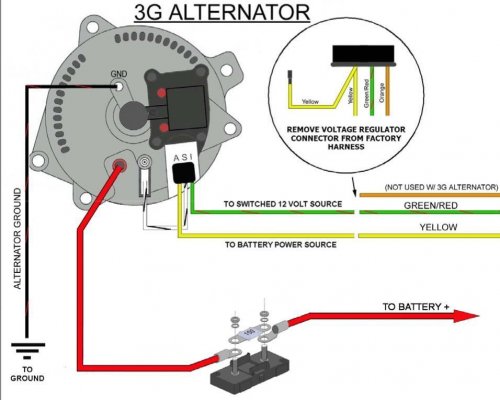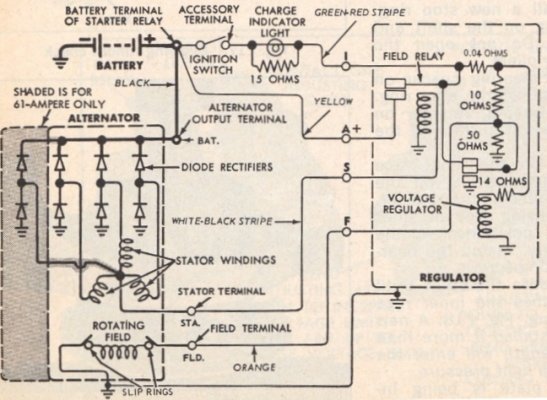RSchanz
Full Access Member
Lately it seems like if I have a problem it's got to be electrical related.
Truck wouldn't start the other day. I haven't been using it that much lately so I figured there must be some kind of short draining the batteries. Charged the batteries back up but it seemed like they wouldnt get much higher than 12v. I started the truck anyways and realized that the volts wouldn't increase when accelerating. Seems like they barely want to get above like 12.2v (maybe damaged from alternator?). With the multimeter I tested positive lead to positive terminal on the alternator and negative lead to negative terminal on the battery and got like 8v. It was hard to get a consistent reading there. Does this mean the alternator is shot? I assume so but wanted to know if there was anything else I could check before removing it.
I should probably note that I replaced the voltage regulator about 7 months ago because I found that the old one was stuck switched "on" and drained my batteries flat.
Truck wouldn't start the other day. I haven't been using it that much lately so I figured there must be some kind of short draining the batteries. Charged the batteries back up but it seemed like they wouldnt get much higher than 12v. I started the truck anyways and realized that the volts wouldn't increase when accelerating. Seems like they barely want to get above like 12.2v (maybe damaged from alternator?). With the multimeter I tested positive lead to positive terminal on the alternator and negative lead to negative terminal on the battery and got like 8v. It was hard to get a consistent reading there. Does this mean the alternator is shot? I assume so but wanted to know if there was anything else I could check before removing it.
I should probably note that I replaced the voltage regulator about 7 months ago because I found that the old one was stuck switched "on" and drained my batteries flat.


